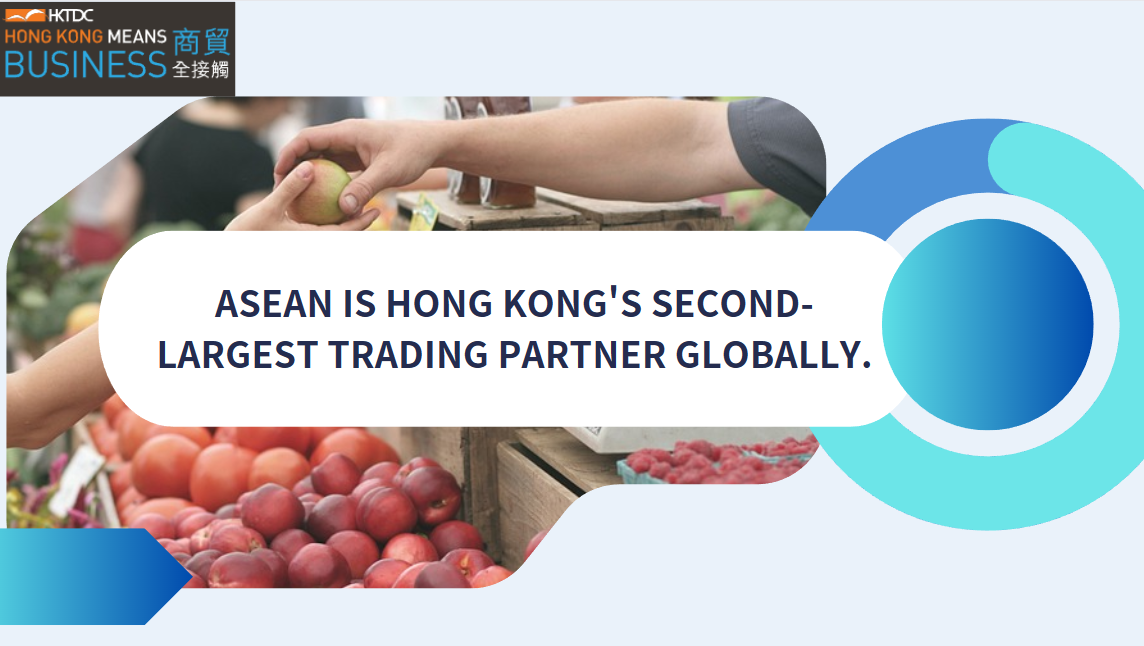Green finance bankrolls NW China SOE's low-carbon transition
Amid China's broad efforts to reach its dual carbon goal, green finance has been increasingly applied to support businesses' low-carbon transition. A ferroalloy manufacturer in northwest China's Gansu Province is the latest beneficiary.
Jiayuguan Hongdian Ferroalloy Co., Ltd, a subsidiary of the state-owned enterprise (SOE) Jiuquan Iron and Steel (Group) Co., Ltd (JISCO), is retrofitting its submerged arc furnaces lately.
As many of its manufacturing facilities have been intensively used for a prolonged period, there is a pressing need to shift its energy-intensive equipment to low-carbon mode.
The low-carbon retrofit of submerged arc furnaces will boost energy efficiency in the production of ferroalloy, with an expected annual reduction of energy consumption by over 1,300 tonnes of standard coal, which translates into a reduction of CO2 emission of over 3,000 tonnes per annum, according to Pu Shunchuan, engineer in chief of the company.
However, the low-carbon transition comes with a big bill, leaving the company a funding gap.
To fill the gap, the Jiayuguan branch of the Bank of Lanzhou offered a solution -- the so-called sustainable development pegged loans -- a new form of green finance instrument that pegs loan interest rates to borrowers' performance in pollution and CO2 emission reduction, as well as their energy consumption per unit of output.
The sustainable development pegged loan worth 34 million yuan (4.76 million U.S. dollars) has finally been issued, the first of its kind in Gansu Province, with an interest rate of about 110 basis points lower than the weighted average interest rate of similar loans the bank issued.
Moreover, during the loan term, the actual interest rate of loans will be further slashed by 10 basis points should the company hit its pre-set goals regarding its overall energy consumption per unit of output.
According to an estimation of the financial department of JISCO, the loan will save the company approximately 500,000 yuan in interest payment. If the retrofitting does help the company accomplish its energy consumption goals, the cost of borrowing will be further cut back.
Gansu, as a major industrial base in northwest China, has a huge demand for funds in its low-carbon transition, and green finance offers enterprises in the province a new solution to satiate the needs, said Chang Ye, with Lanzhou Central Sub-branch of the People's Bank of China.
China has announced that it will peak carbon dioxide emissions by 2030 and achieve carbon neutrality by 2060. Meanwhile, China has seen the development of green finance enter the fast lane, playing a vital role in the country's long-term pursuit of low-carbon and sustainable growth.






















































First, please LoginComment After ~